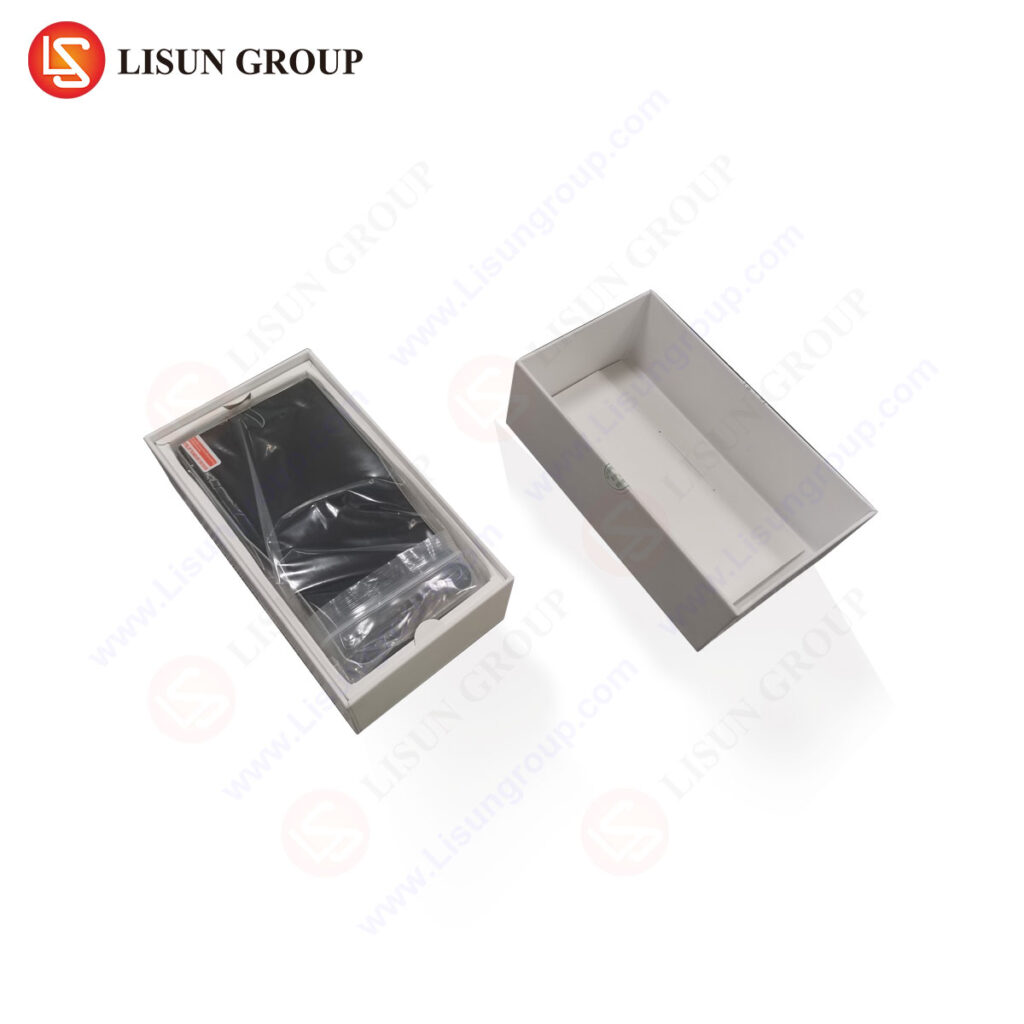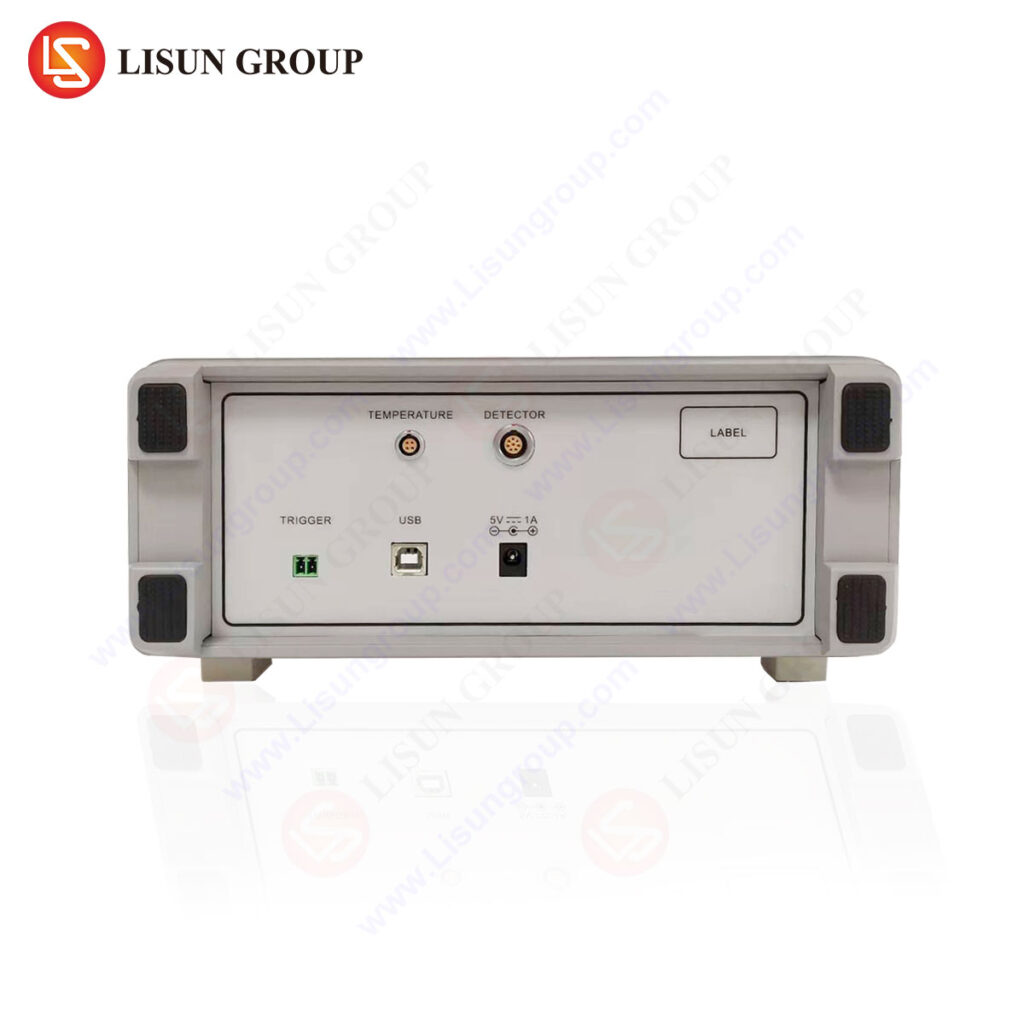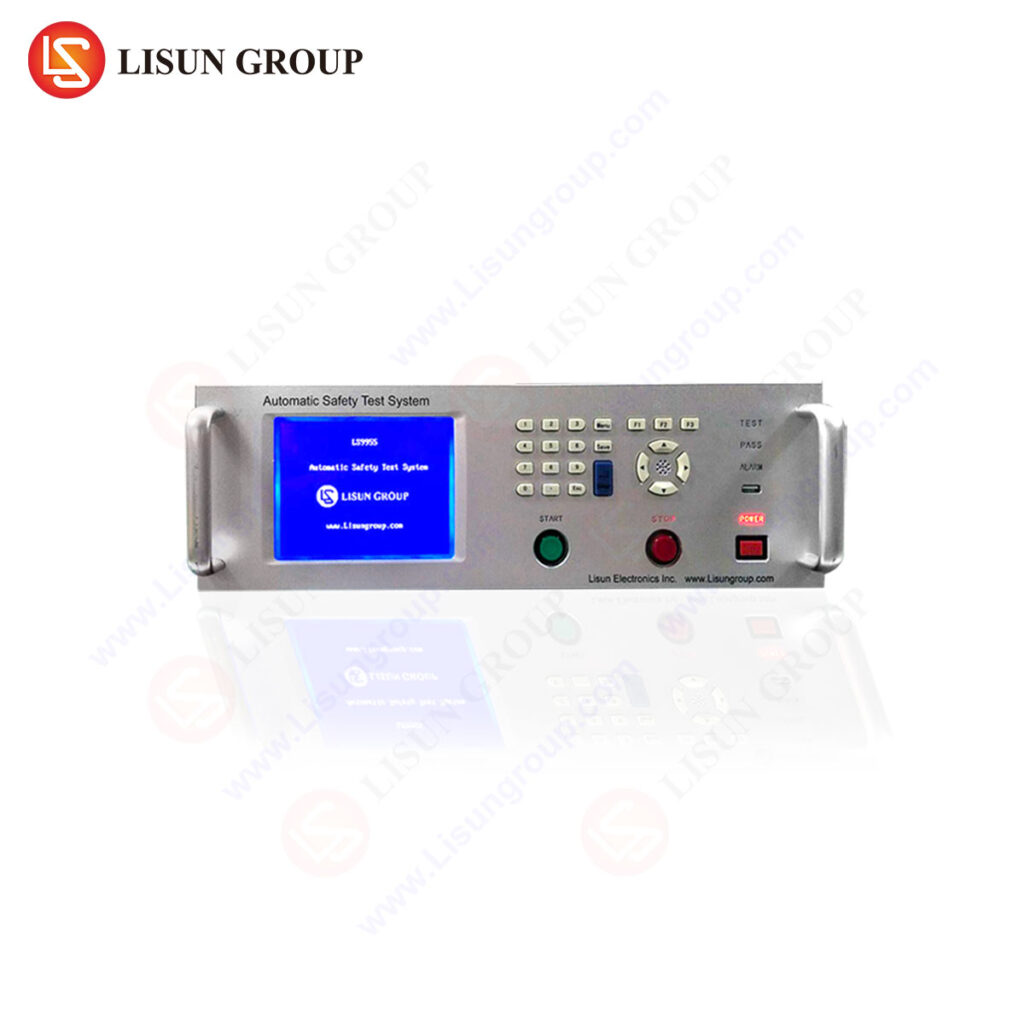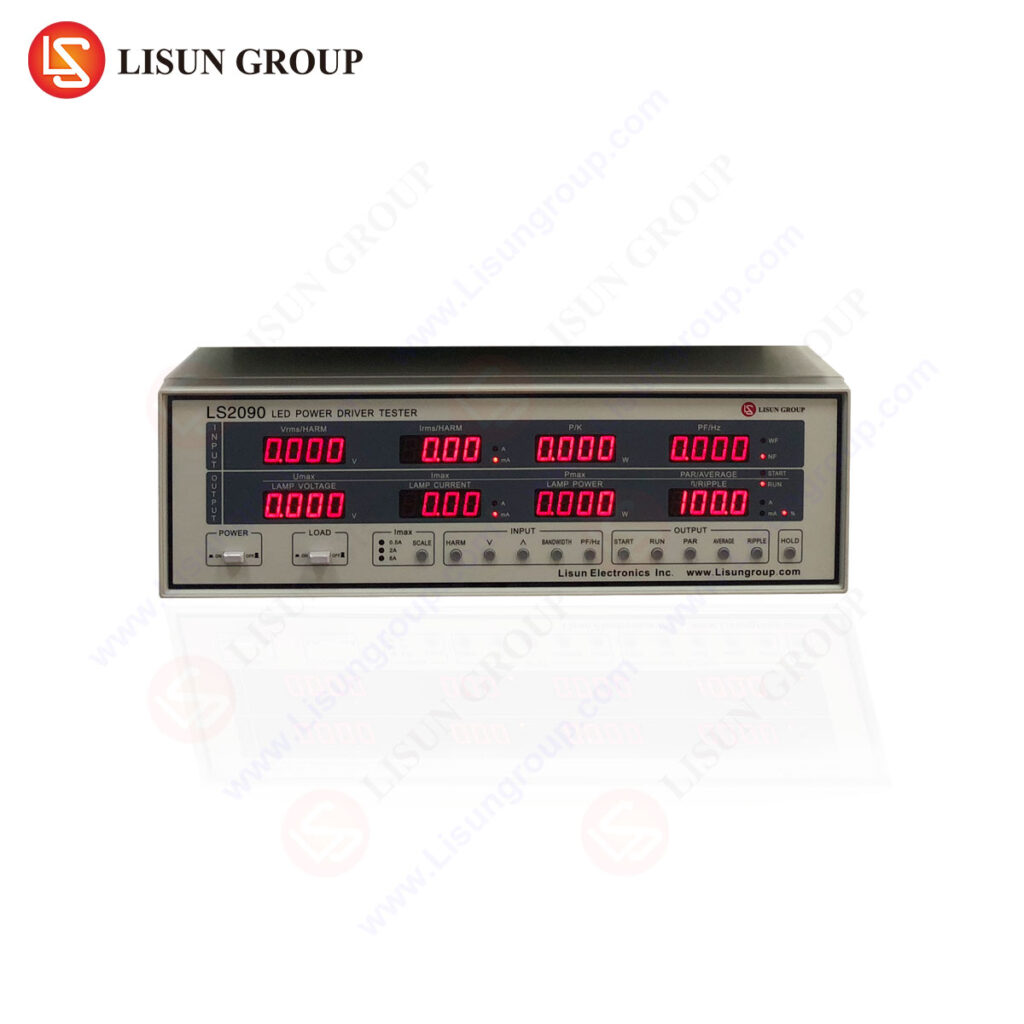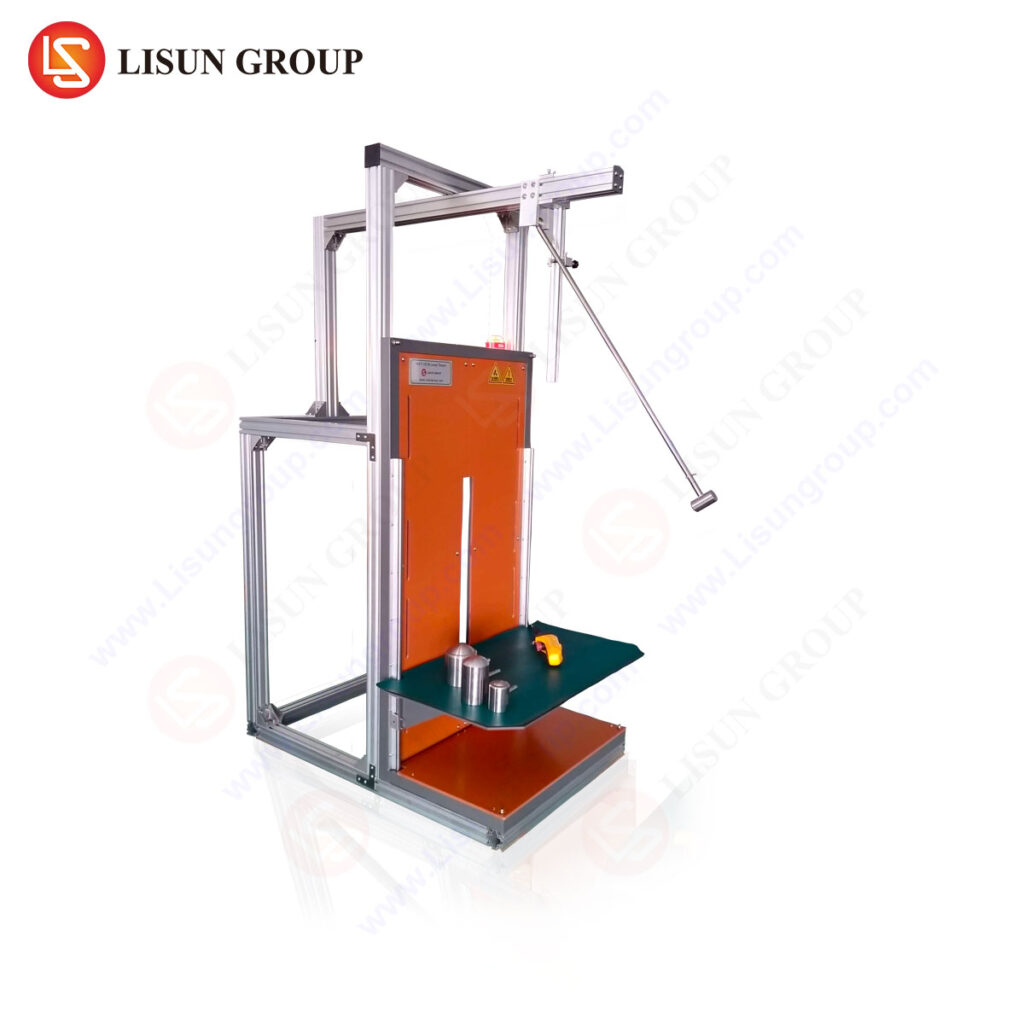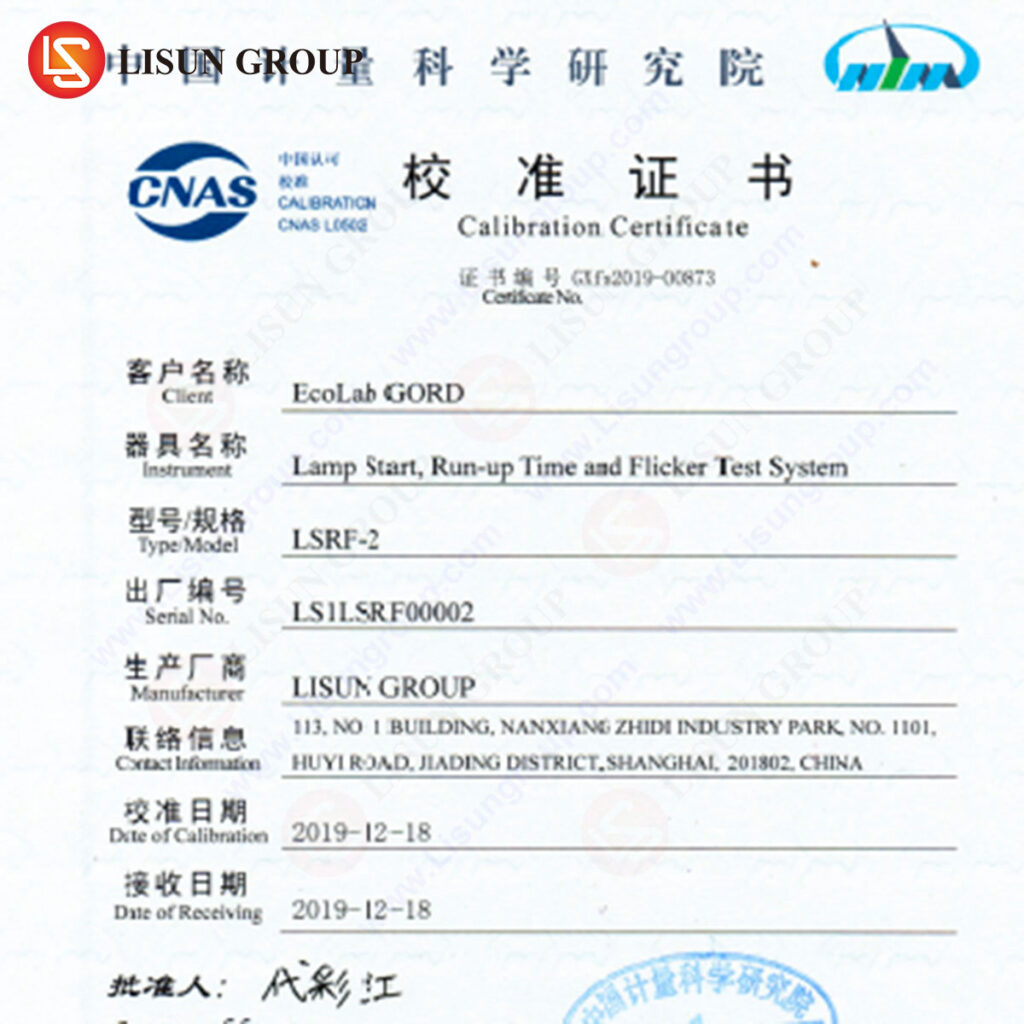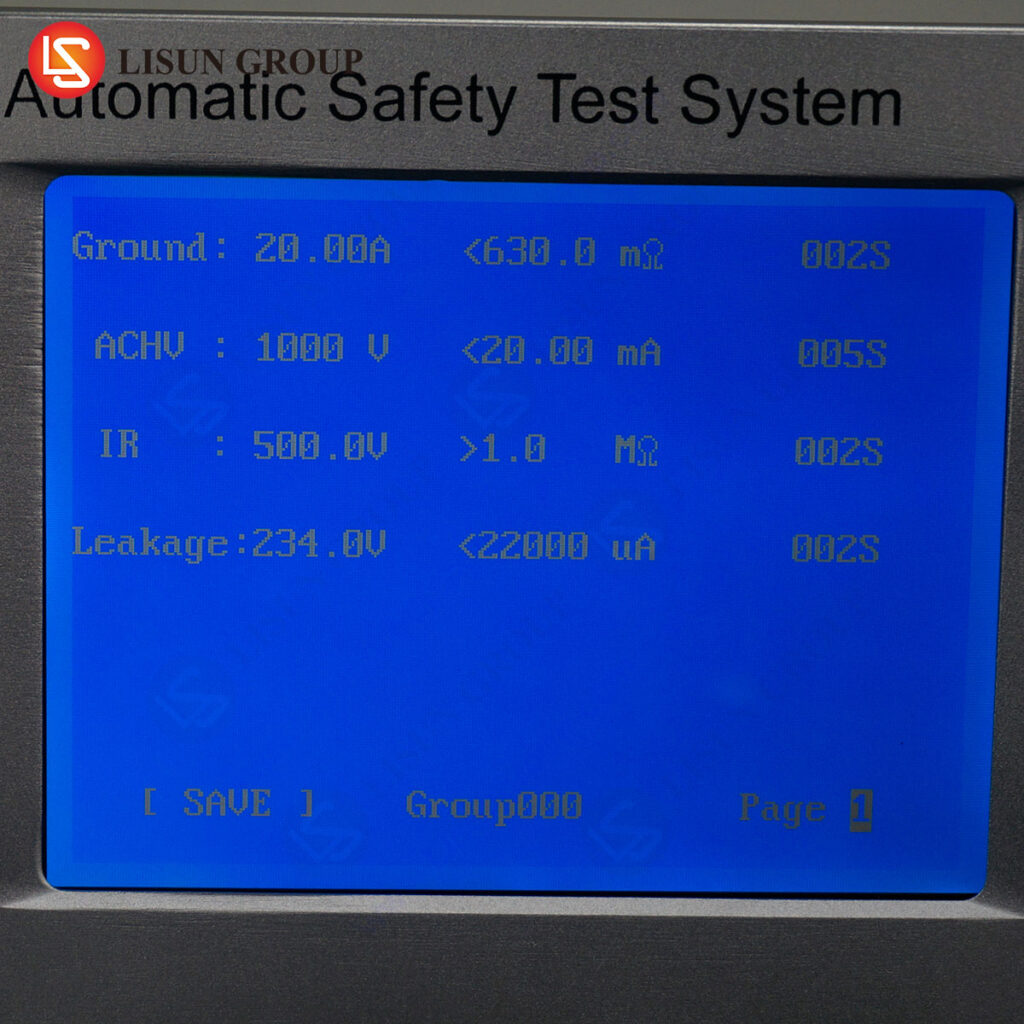Introduction
LED testing is an important part of ensuring that LED luminaires are safe and efficient. To do this, two types of instruments are commonly used: spectroradiometers and colorimeters. While both of these instruments measure light, they do so in different ways and have different applications. In this article, we will explore the differences between spectroradiometers and colorimeters and how they are used for LED testing.
Spectroradiometers
Spectroradiometers are instruments that measure the intensity of light across the entire visible spectrum. They measure the amount of light at each wavelength, which allows them to determine the color of the light. Spectroradiometers are used to measure the color temperature, color rendering index (CRI), and luminous flux of LED luminaires. They are also used to measure the spectral power distribution of light sources, which is important for ensuring that the light source is producing the desired color.
Colorimeters
Colorimeters are instruments that measure the color of light. They measure the amount of light at three different wavelengths (red, green, and blue) and use this information to calculate the color of the light. Colorimeters are used to measure the color coordinates of LED luminaires, which is important for ensuring that the light source is producing the desired color.
Differences between Spectroradiometers and Colorimeters
The main difference between spectroradiometers and colorimeters is the way they measure light. Spectroradiometers measure the intensity of light across the entire visible spectrum, while colorimeters measure the amount of light at three different wavelengths. This means that spectroradiometers are better suited for measuring the color temperature, CRI, and luminous flux of LED luminaires, while colorimeters are better suited for measuring the color coordinates of LED luminaires.
Applications of Spectroradiometers and Colorimeters
Spectroradiometers and colorimeters are both used for LED testing. Spectroradiometers are used to measure the color temperature, CRI, and luminous flux of LED luminaires, while colorimeters are used to measure the color coordinates of LED luminaires. Both instruments are important for ensuring that LED luminaires are safe and efficient.
Conclusion
Spectroradiometers and colorimeters are two instruments used for LED testing. While both instruments measure light, they do so in different ways and have different applications. Spectroradiometers are used to measure the color temperature, CRI, and luminous flux of LED luminaires, while colorimeters are used to measure the color coordinates of LED luminaires. Both instruments are important for ensuring that LED luminaires are safe and efficient.
FAQs
Q: What is the difference between a Spectroradiometer and a colorimeter?
A: The main difference between a spectroradiometer and a colorimeter is the way they measure light. Spectroradiometers measure the intensity of light across the entire visible spectrum, while colorimeters measure the amount of light at three different wavelengths.
Q: What are spectroradiometers and colorimeters used for?
A: Spectroradiometers and colorimeters are both used for LED testing. Spectroradiometers are used to measure the color temperature, CRI, and luminous flux of LED luminaires, while colorimeters are used to measure the color coordinates of LED luminaires.

